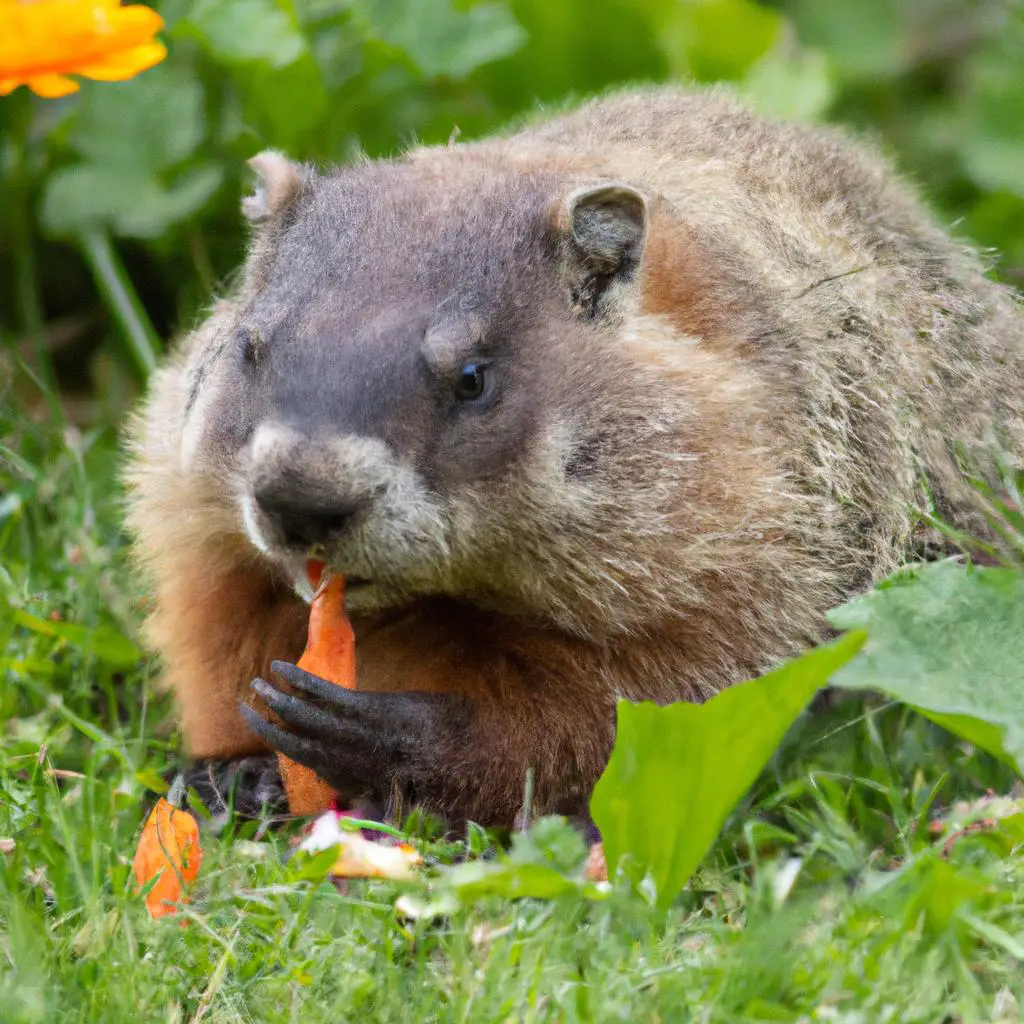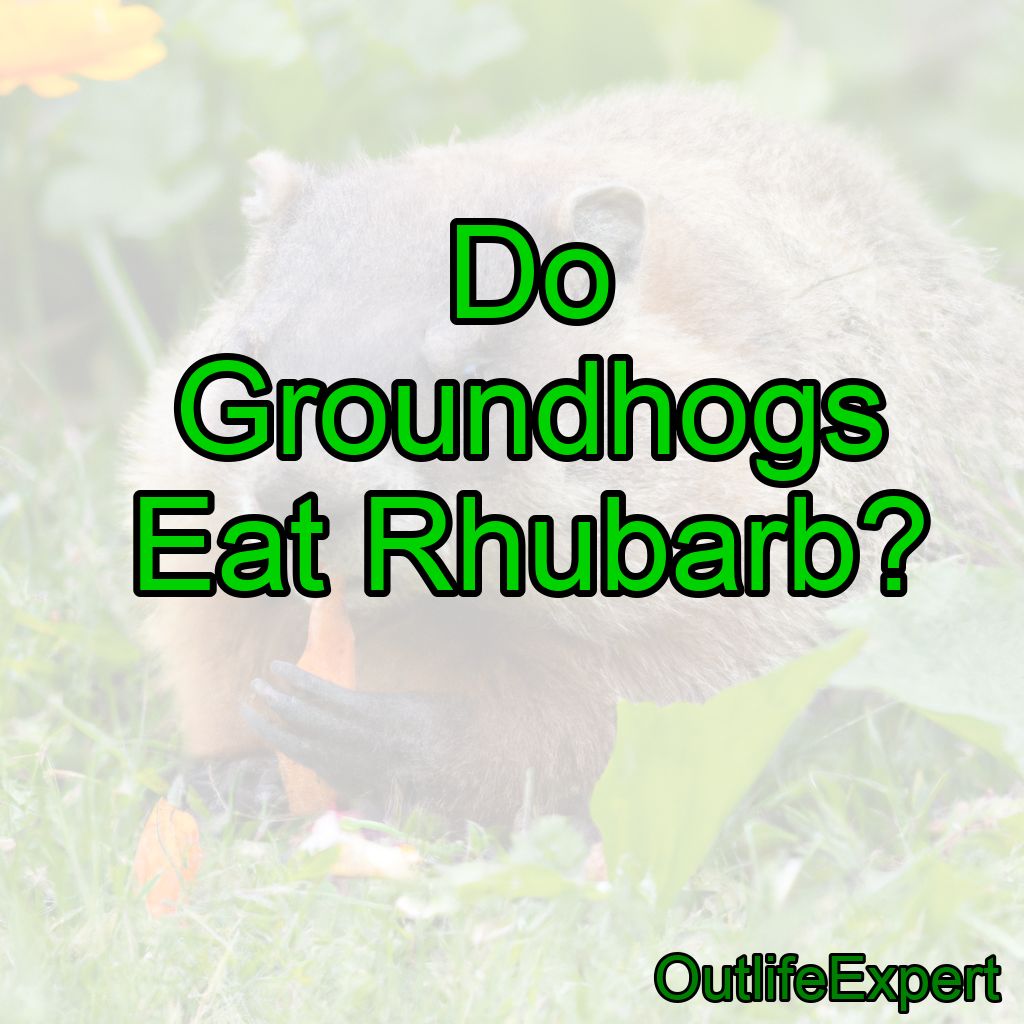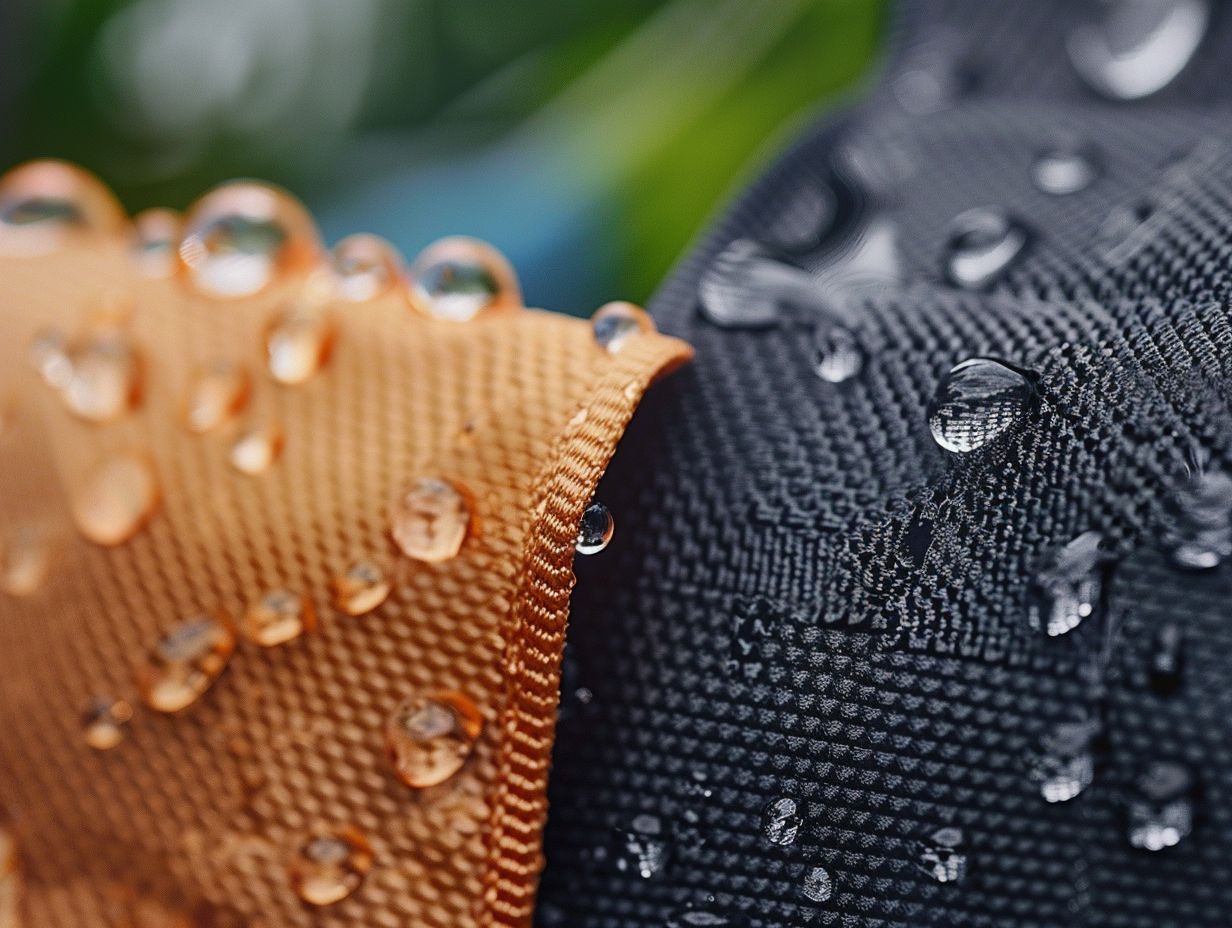As a biologist and a gardener, I’ve always been intrigued by the interactions between animals and plants. One of the questions that often comes up in gardening circles is: Do groundhogs eat rhubarb? The simple answer to this question is yes, groundhogs can and do eat rhubarb. However, this is just the beginning of the story. In this blog post, I will explore the relationship between groundhogs and rhubarb, providing insights from both a scientific and personal perspective.
Contents
The Groundhog: A Brief Overview
What is a Groundhog?
Groundhogs (Marmota monax), also known as woodchucks, are large, burrowing rodents native to North America. They belong to the family Sciuridae, which also includes squirrels, chipmunks, and prairie dogs. Groundhogs are well-known for their ability to dig extensive burrow systems and their propensity to devour plants in gardens and fields.
Groundhog Diet and Feeding Habits
Groundhogs are primarily herbivores, feeding on a wide variety of plant materials. They have a preference for green, leafy vegetation, grasses, and fruits. In addition to rhubarb, some of their favorite foods include clover, alfalfa, dandelions, and various garden vegetables like beans, peas, and lettuce.
Rhubarb: A Perennial Favorite
The Basics of Rhubarb

Rhubarb (Rheum rhabarbarum) is a perennial plant with large, green leaves and thick, edible stalks. The stalks are typically used in pies, jams, and other culinary dishes due to their tart flavor. Although the stalks are edible, the leaves contain high levels of oxalic acid, which can be toxic if ingested in large quantities.
Why Rhubarb Appeals to Groundhogs
Rhubarb’s large, green leaves are an attractive food source for groundhogs. The leaves provide plenty of nutrients and water, making them a desirable meal for groundhogs and other herbivores. In addition, the tender stalks can also be appealing, especially when other food sources are scarce.
My Personal Experiences with Groundhogs and Rhubarb
The Great Rhubarb Raid
I first became aware of the groundhog-rhubarb connection when I discovered that a family of groundhogs had taken up residence in my backyard. As an avid gardener, I was initially excited about the prospect of having these creatures in my garden. However, my excitement turned to dismay when I discovered that the groundhogs had completely decimated my rhubarb patch.
Battling the Groundhogs
In an effort to save my rhubarb, I tried various methods to deter the groundhogs. I installed fencing, applied repellents, and even attempted live trapping. While these measures provided temporary relief, the groundhogs always returned, and my rhubarb continued to suffer.
The Science Behind Groundhogs and Rhubarb
Oxalic Acid and Groundhogs
As mentioned earlier, rhubarb leaves contain high levels of oxalic acid, which can be toxic to humans and some animals. However, groundhogs seem to be relatively unaffected by the presence of this compound. This may be due to their unique digestive systems, which allow them to process and detoxify the oxalic acid.
A Nutritional Feast
In addition to the oxalic acid issue, the nutritional content of rhubarb may also play a role in its appeal to groundhogs. Rhubarb leaves are a good source of vitamins, minerals, and fiber. These nutrients can provide a much-needed boost for groundhogs, especially during the spring and summer months when they are most active.
Preventing Groundhog Damage to Rhubarb
Effective Deterrents
Based on my own experiences and research, there are a few strategies that can help protect rhubarb from groundhogs. Installing a sturdy fence around the rhubarb patch can be an effective barrier. Additionally, applying repellents like hot pepper spray or predator urine can help deter groundhogs from entering the garden.
Alternative Plantings
Another option is to plant alternative food sources for groundhogs, such as clover or alfalfa, away from the rhubarb patch. This can help draw the groundhogs away from the rhubarb and towards a more desirable food source.
Conclusion: Groundhogs and Rhubarb – A Complicated Relationship
In conclusion, yes, groundhogs do eat rhubarb. This relationship is complex and involves factors such as the nutritional content of rhubarb leaves, the groundhog’s ability to detoxify oxalic acid, and the availability of other food sources. Protecting rhubarb from groundhogs can be challenging, but with persistence and the right strategies, it is possible to enjoy a healthy rhubarb harvest.
To summarize, here are 10 key facts about groundhogs and rhubarb:
1. Groundhogs are large, burrowing rodents native to North America.
2. They are primarily herbivores and enjoy a variety of plant materials.
3. Rhubarb is a perennial plant with large, green leaves and thick, edible stalks.
4. The leaves of rhubarb contain high levels of oxalic acid, which can be toxic if ingested in large quantities.
5. Groundhogs are attracted to rhubarb due to its large, nutrient-rich leaves and tender stalks.
6. Groundhogs seem to be relatively unaffected by the oxalic acid in rhubarb leaves.
7. The nutritional content of rhubarb may also play a role in its appeal to groundhogs.
8. Installing a sturdy fence and applying repellents can help protect rhubarb from groundhog damage.
9. Planting alternative food sources for groundhogs away from the rhubarb patch can help draw them away.
10. Protecting rhubarb from groundhogs is challenging, but with persistence and the right strategies, it is possible to enjoy a healthy rhubarb harvest.
FAQs
Can rabbits eat raw rhubarb?
No, rabbits should not eat raw rhubarb as it contains high levels of oxalic acid which can be harmful to them. Cooked rhubarb in small amounts may be safe for rabbits to eat as a treat.
What is eating my rhubarb?
It is likely that slugs or snails are eating your rhubarb.
What is eating my rhubarb plant?
It could be a variety of pests such as slugs, snails, aphids, or beetles. Inspect the plant closely for any signs of damage or the presence of these pests, and take appropriate measures to control them.
Do rabbits and squirrels eat rhubarb?
No, rabbits and squirrels do not typically eat rhubarb as it contains high levels of oxalic acid, which can be toxic to them.
How do I keep bugs from eating my rhubarb leaves?
One effective way to keep bugs from eating your rhubarb leaves is to use a natural insecticide, such as neem oil or insecticidal soap. Additionally, you can try planting companion plants, such as garlic or marigolds, which repel insects. Finally, be sure to remove any diseased or damaged leaves promptly to prevent attracting pests.
How do you make insect spray from rhubarb leaves?
It is not recommended to make insect spray from rhubarb leaves as they contain a toxic substance called oxalic acid which can be harmful to humans and animals if ingested or absorbed through the skin. Instead, it is recommended to use natural insect repellents such as citronella oil, neem oil, or garlic spray.





